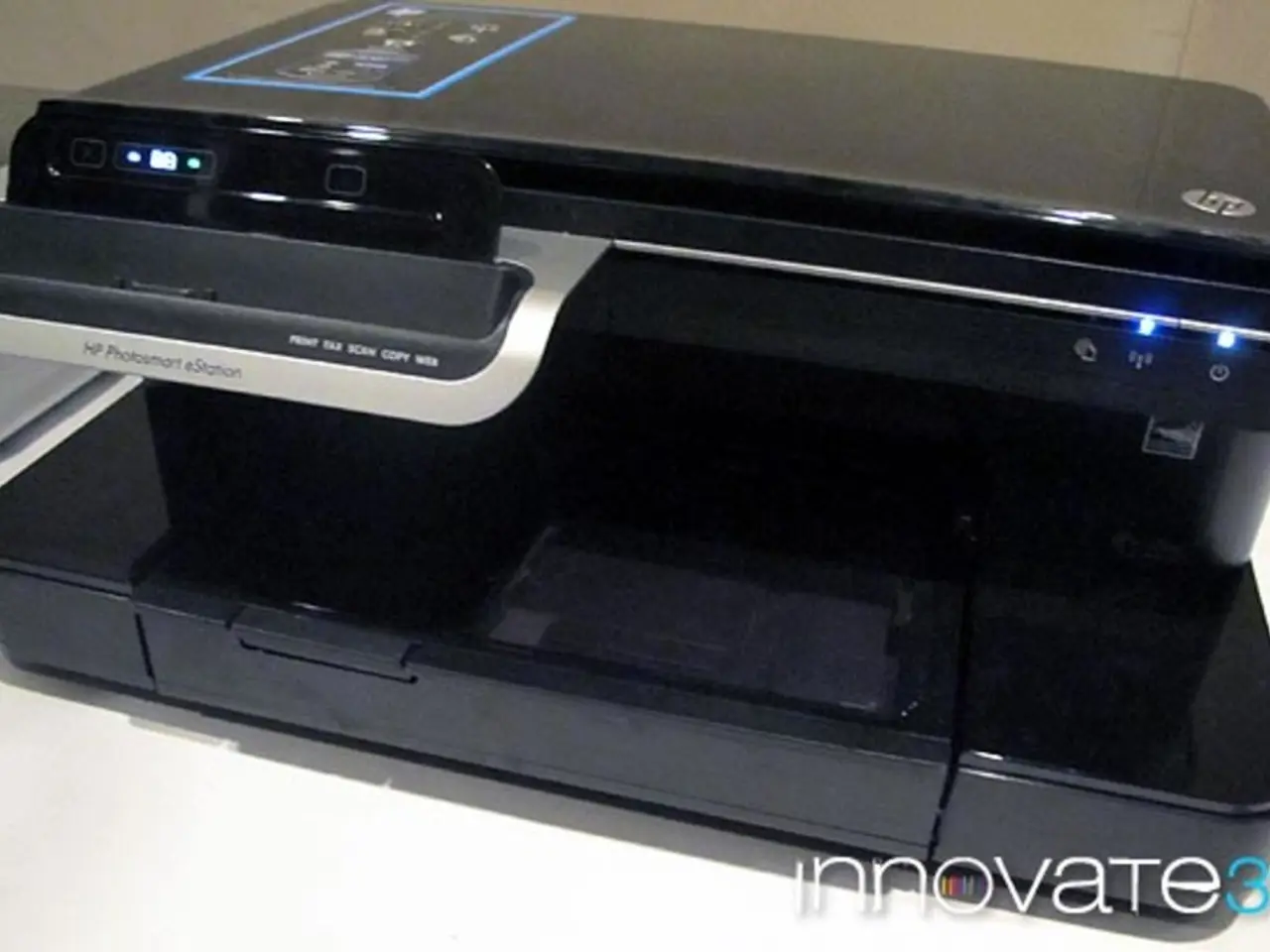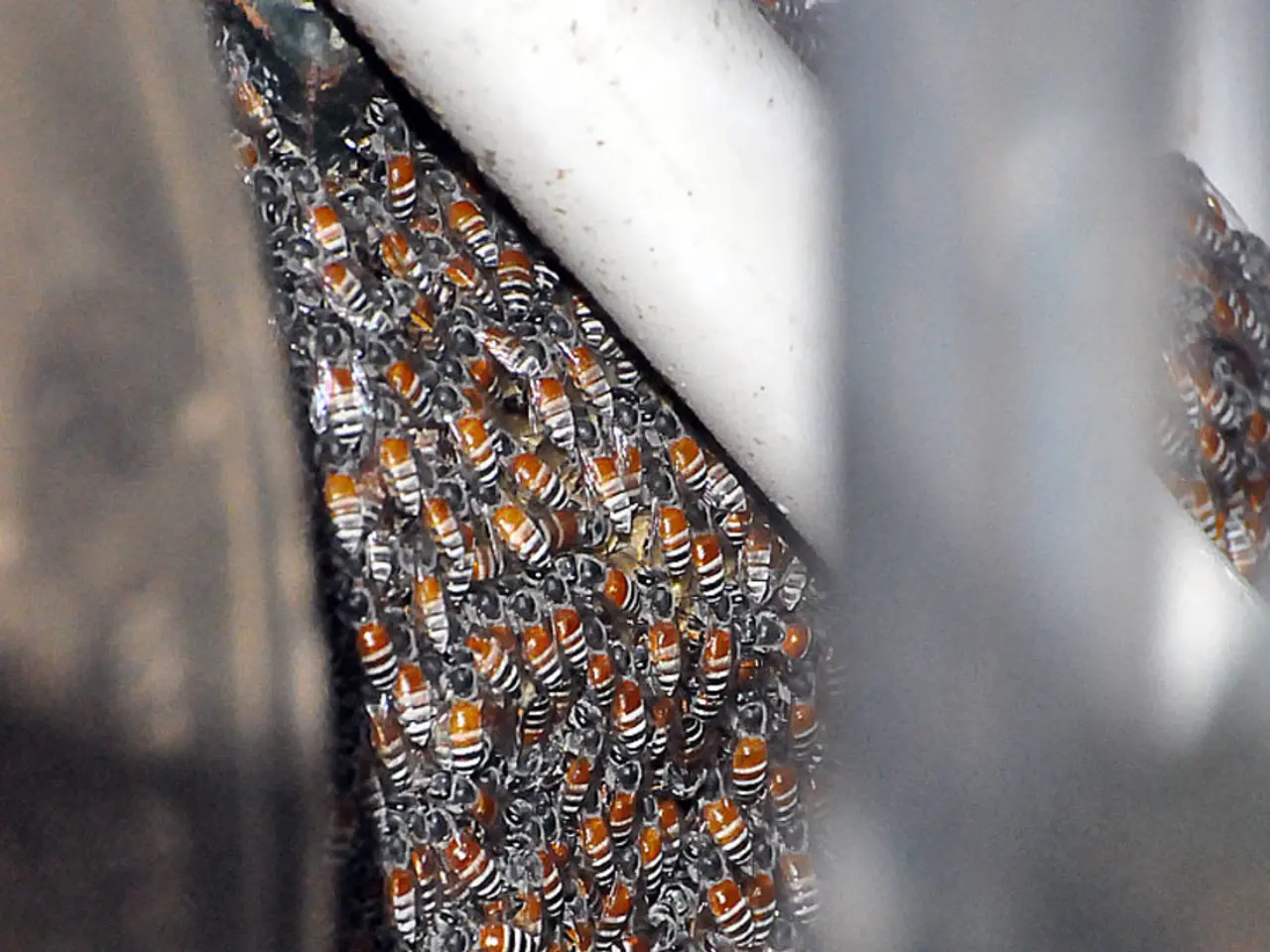Title: The Advantages of Laser Direct Imaging (LDI) in High-Density Interconnect (HDI) Circuit Fabrication
Advantages of Laser Direct Imaging: A Discussion on its Key Benefits
In the realm of PCB manufacturing, a significant shift is underway as Laser Direct Imaging (LDI) is increasingly being adopted, particularly for high-precision PCBs and prototype boards. This evolutionary process in PCB photolithography is poised to revolutionise the industry, offering benefits that traditional photolithography cannot match.
The Comparison: Traditional Photolithography vs LDI
When it comes to HDI circuit fabrication, the comparison between traditional photolithography and LDI is striking.
Accuracy
Traditional photolithography, relying on high-resolution masks and UV light exposure, offers high resolution suitable for mini LED and IC connections. However, its accuracy is limited by mask quality and alignment, with features around 5 μm line/space. On the other hand, LDI provides maskless direct writing, enabling high precision and ultraminiaturization down to 5 μm features, surpassing photolithography's accuracy for complex or variable patterns.
Cost
In terms of cost, traditional photolithography is generally more cost-effective for high-volume, simpler PCB/interconnect designs due to the reuse of photomasks and mature process technology. Conversely, LDI is more expensive per unit because it is maskless and uses direct laser write technology. However, it reduces lead time and mask manufacturing costs, making it more economical for low volume or prototyping.
Environmental Impact
Environmentally, traditional photolithography involves multiple chemical processing steps, including photoresists, development solutions, and mask fabrication, which produce chemical waste and require disposal. In contrast, LDI reduces waste by eliminating photomasks and potentially reducing chemical usage through maskless operation, yielding a greener process with less chemical waste and lower hazardous material handling.
Registration (Layer Alignment)
Traditional photolithography uses optical registration systems to align layers with the mask, which can be challenged by high layer counts or very fine features. LDI’s direct writing improves registration flexibility by writing directly on the substrate without masks, allowing dynamic adjustment and precise placement, especially beneficial in dense multilayer HDI configurations.
Key Supporting Points
- LDI operates with a maskless direct laser writing method, ideal for ultraminiaturization, faster prototyping, and designs with frequent changes, avoiding the time and cost of mask production.
- Both methods require a careful metallization process (copper plating), and laser or mechanical drilling to form microvias, critical in HDI boards.
- LDI contributes to shorter lead times and greater adaptability in complex circuits, which is increasingly vital for mini LED and IC substrates with very fine circuit patterns and high packing densities.
- Environmentally, the elimination of masks and possibly reduction in chemical processes in LDI leads to a safer and greener manufacturing process compared to traditional photolithography.
Summary
Traditional photolithography excels in cost-effectiveness for high-volume, simpler designs but is less flexible for rapid iteration and ultra-fine features. LDI provides superior flexibility, comparable or better accuracy at very small feature sizes, and reduced environmental impact but at a higher cost per unit, making it better suited for HDI circuits requiring ultraminiaturization, rapid prototyping, or frequent design changes.
This balance explains why in HDI fabrication for mini LED IC substrates and other advanced applications, LDI is gaining preference despite its higher cost, due to its imaging precision, reduced chemical waste, and better registration for complex multilayer designs.
Data-and-cloud-computing technologies can play a crucial role in streamlining the PCB fabrication process, particularly in the optimization of laser direct imaging (LDI) methods for high-density interconnect (HDI) circuits.
Technological advancements in data-and-cloud computing can help automate the design and production workflows for HDI PCBs, reducing labor costs and improving overall efficiency in the manufacturing process, thus aligning with the benefits offered by LDI technology.




